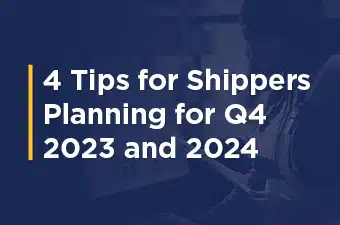Tariff volatility and the resulting cost impact are adding pressure to already strained supply chains. Forward-thinking organizations are turning these pressures into an opportunity: to streamline operations, cut inefficiencies and build a resilient, smart supply chain.
Cost optimization in response to tariffs isn’t about cutting corners—it’s about making smarter decisions across sourcing, logistics and technology. Here’s how companies can take a strategic approach to managing tariff-related costs while strengthening their supply chain for the long term.
1. Reevaluate Sourcing with Total Landed Cost in Mind
Tariffs often trigger a reassessment of supplier networks, but shifting production alone rarely solves the problem. Companies must look beyond unit price and evaluate the full picture.
- Total landed cost analysis—including tariffs, freight, warehousing, currency fluctuation and lead time risk—is essential for informed sourcing decisions, forecasting, and go-to-market pricing.
- Network analysis and design can help optimize your sourcing footprint and inventory strategy. Diversifying suppliers reduces reliance on high-tariff regions and builds long-term resilience.
2. Optimize Existing Transportation Spend
Address immediate cost pressures by using technology and expertise to drive savings and service improvements.
- Transportation spend optimization starts with data. Use existing tools and procurement specialists to evaluate carrier performance, mode selection, and shipping patterns.
- Small changes—such as engaging third-party expertise, renegotiating carrier rates, or using data analytics to drive continuous improvement—can meaningfully offset tariff-related expenses while enhancing reliability.
3. Outsource or Co-Manage Non-Core Functions
Partnering with third-party providers allows companies to free up capital, reduce cost and focus internal teams on high-impact work.
- Outsourcing non-core transportation functions—like freight audit and payment, carrier management and shipment execution—brings scale, efficiency and specialized technology that internal teams may lack.
- Co-managed logistics models offer the best of both worlds: companies retain strategic control while leveraging external resources for execution, optimization and visibility. This hybrid model supports agility without compromising governance.
4. Prepare for Market Volatility
Tariff changes can disrupt ordering patterns and create volatility in transportation markets. Flexibility is key to staying ahead.
Access to flexible capacity—whether through dynamic carrier contracts, scalable 3PL networks or spot market access—helps companies absorb market shocks without incurring premium costs or risking service disruptions.
5. Leverage Industry Experts to Unlock Specialized Advantage
Navigating tariff-driven complexity requires deep, domain-specific knowledge. Industry experts offer real-time insight, best practices and operational leverage that internal teams can’t replicate on their own.
- Customs compliance and trade experts help manage evolving regulatory requirements, reclassify goods or redesign products to reduce duties and risks.
- Freight and logistics advisors bring technology, benchmarking data, carrier negotiation strategies and modal optimization capabilities to the table.
- Audit and recovery specialists can uncover historical overpayments and create systems to prevent future losses—turning past inefficiencies into reclaimed value.
In a landscape shaped by constant change, expert guidance isn’t just helpful, it’s a competitive differentiator. Companies that lean into specialized expertise make faster, smarter and more strategic decisions across the supply chain while bringing much needed stability.
Let’s align your supply chain to meet today’s challenges and tomorrow’s opportunities. Connect with a Transportation Insight expert to start building your action plan.










